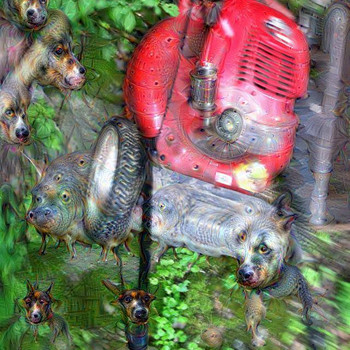Question #61797
1 Answer
Pascal's Principle states that the pressure inside an enclosed fluid is the same everywhere. If you squeeze a closed plastic bottle, the pressure at every point in the fluid inside will be the same.
A hydraulic pressure cylinder works in much the same way. The cylinder is an enclosed space filled with fluid. A small pump can pressurize the cylinder. The amount of force that the cylinder can exert on an external object is proportional to the pressure inside the cylinder and the surface area of the piston. If the pressure can be increased to 1 pound per square inch (psi), a cylinder with a piston 3 inches in diameter can lift about 28 pounds.
One can also solve for pressure and write:
The small pump provides some force
The Pressure at the small piston is:
And the pressure at the large piston is:
Pascal's Principle tells us that the pressure is the same at both pistons
So we know that:
A little algebra allows us to solve for the force exerted on the large piston in terms of the force on the small piston:
And we can see that the mechanical advantage of a small force
Also see this excellent illustration of Pascal's Principle.


